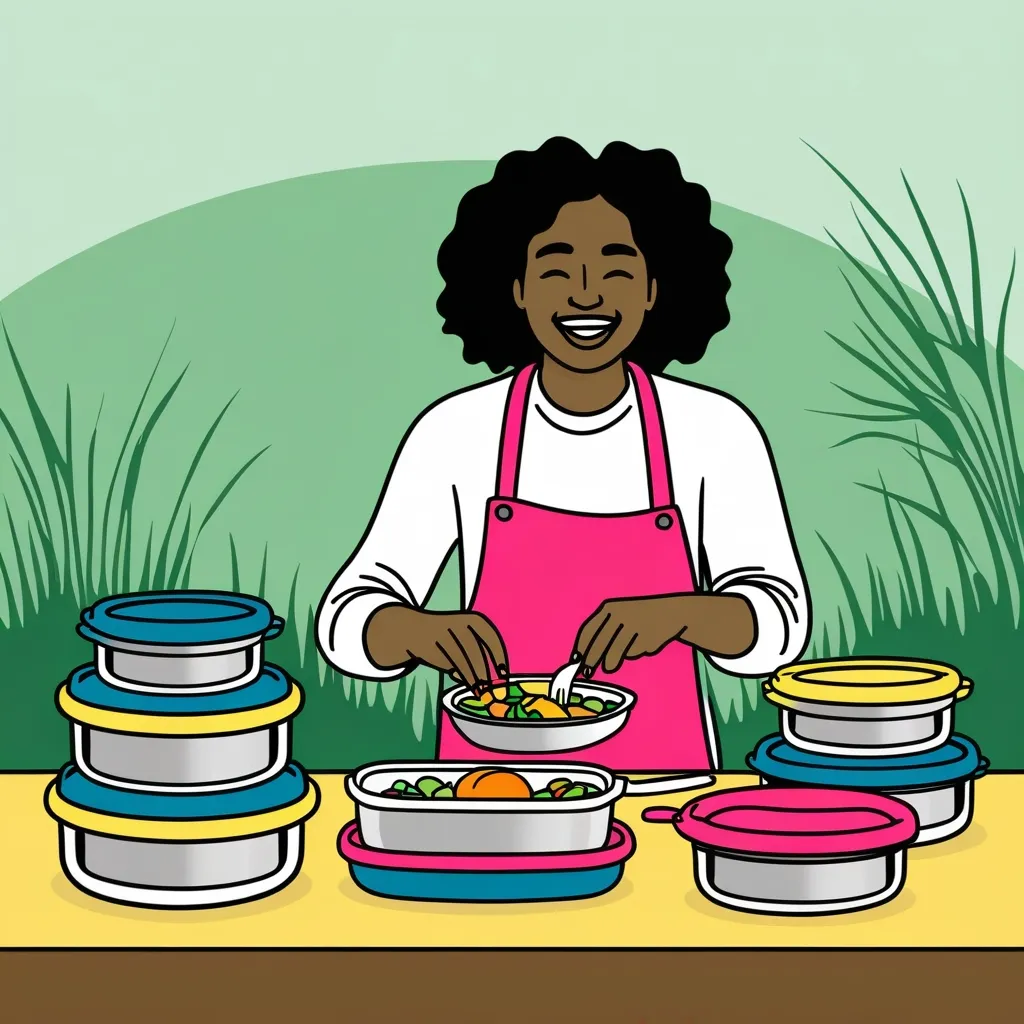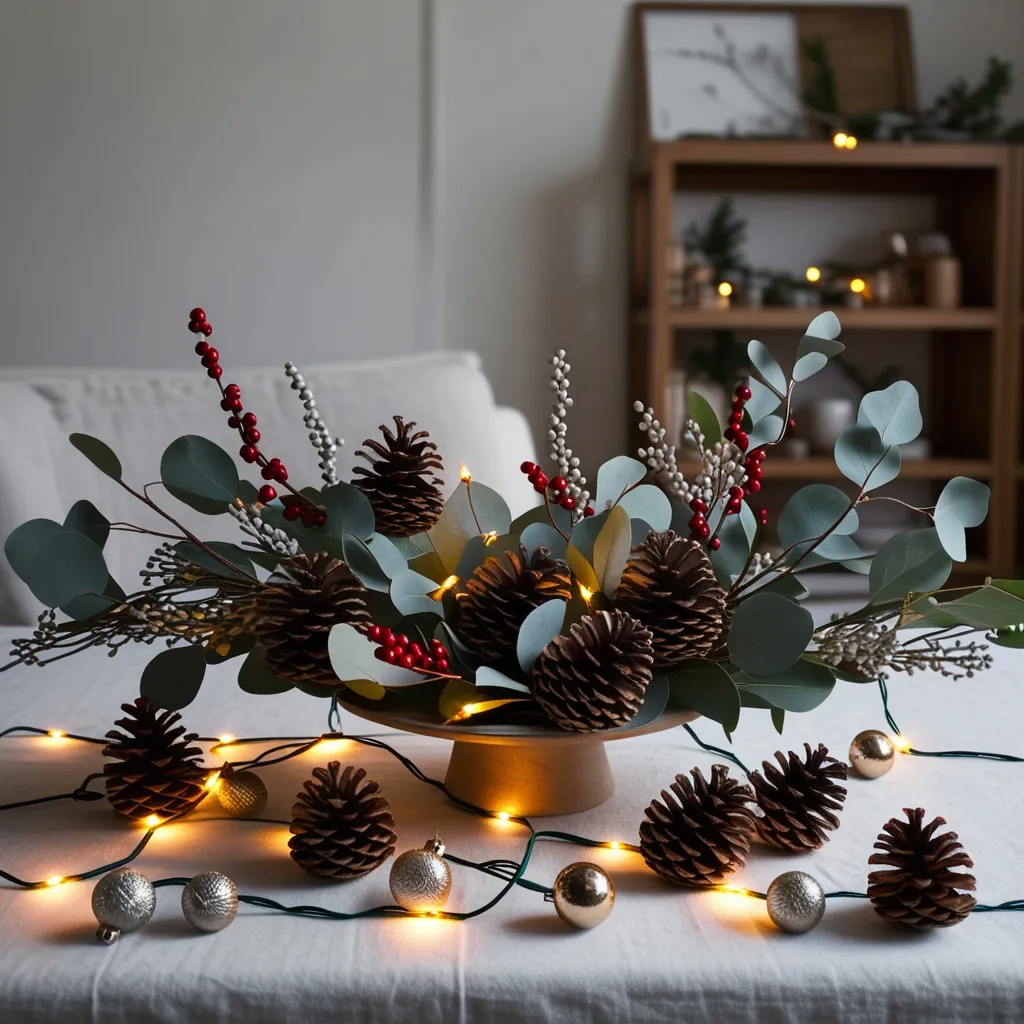Going Green With Reusable Containers: Your Guide to a Sustainable Lifestyle
In our ever-evolving world, where environmental concerns are more pressing than ever, making small but significant changes in our daily routines can make a difference. One simple yet incredibly effective way to contribute to a sustainable future is by adopting reusable containers. They’re not just about cutting down on waste; they bring plenty of perks for your wallet and your well-being.
Cutting Down the Environmental Mess
The situation with single-use plastics is pretty dire. They’re everywhere, cluttering our oceans, parks, and forests. By making the switch to reusable containers, you contribute to a noticeable reduction in plastic waste that otherwise ends up polluting these precious natural spaces. Here’s the deal: plastic just doesn’t break down easily. It can sit around for years, posing a threat to wildlife and smogging up our air quality. Reusable containers—be it glass, silicone, or stainless steel—are built to last, meaning we can curb the need for constant plastic production and save a ton of energy.
Smart Spending with Long-Term Wins
Sure, splurging on reusable containers might initially seem pricier than grabbing single-use plastics, but it’s a smart investment. These containers can be reused countless times, replacing thousands of disposable ones in their lifetime. Think about it: a good glass container can last for years and years, cutting down your grocery bills by keeping food fresher for longer and saving you cash you’d otherwise spend on disposables.
Healthier, Safer Choices
Many reusable containers come from materials that are inherently safer and won’t leach harmful chemicals into your food—unlike some notorious single-use plastics. High-quality materials used in these long-lasting containers are meant to be non-toxic and safe for storing food. This means you can stash your lunch without freaking out about potential health risks from those typical plastic containers.
Tips for Making the Switch
Shifting to reusable containers isn’t as daunting as it might seem. The key is baby steps. Start by making small swaps: ditch your plastic water bottles for stainless steel or glass ones and opt for silicone food storage bags instead of your usual Ziplocs. These tiny tweaks can create a massive impact over time.
Tackling Some Common Hiccups
People often worry about breaking their glass containers, and that’s a fair point. To dodge that bullet, consider using protective silicone sleeves or wraps to cushion impacts. Avoid drastic temperature changes and handwash your containers to stave off cracks.
Convenience Hacks
Reusable containers might initially come off as less convenient than their disposable cousins, but there are ways around that. Tools like jar openers and anti-slip pads for those stubborn lids can do wonders. Getting a mix of container sizes can cater to various needs, making meal prep and food transport more seamless. Clear glass and a good labeling system can save you from those annoying “what’s inside?” moments, boosting your efficiency.
Different Materials, Different Perks
Each type of material has its upsides. Glass containers are super durable and long-lasting, albeit needing careful handling. Silicone containers win points for flexibility and being microwave-safe—perfect for sous vide cooking or handling leftovers. Stainless steel containers rock for storing cold lunches or other foods but aren’t fit for the microwave.
Making It Part of Your Routine
Integrating reusable containers into your everyday life can be a breeze. Keep a stash of reusable cutlery and containers in places like your car, bag, or office to avoid defaulting to disposables when you’re out and about. When grabbing takeout, bring along your reusable containers if the restaurant allows it. Otherwise, pick eateries that use eco-friendly packaging.
What the Future Holds
The outlook for reusable packaging is promising. We’re talking about customized solutions, smart tech options, and consumer participation programs on the horizon. Companies are jumping on the reusable bandwagon, which doesn’t just shrink waste but also champions safer alternatives and reduces the production of new plastics and raw materials.
Real-Life Success Stories
There are heaps of individuals and businesses who’ve made the successful switch to reusable containers, proving just how impactful they can be. Simple actions like using reusable water bottles and travel mugs can drastically reduce plastic waste in public areas. Every small move counts, and collective efforts can lead to significant environmental benefits.
The Recycling Loop
Even the best reusable containers eventually reach their end. That’s where recycling steps in to close the material loop in a circular economy. Systems designed to fit well with existing recycling streams and advancements in recycling tech can boost the recyclability of materials, ensuring we maximize the environmental gains from reusable containers.
Slow and Steady Wins the Race
Transitioning to reusable containers is more of a marathon than a sprint. It’s about the gradual changes that suit your lifestyle and budget. Start with what you can handle and build your collection over time. Each step toward sustainability matters, and the long-term payoff is well worth the initial investment.
Embracing reusable containers is about more than cutting down your carbon footprint; it’s part of a larger movement toward ecological responsibility. Small, thoughtful changes can drive systemic shifts in production and consumption habits, setting the stage for a cleaner, healthier environment for generations to come. So next time you think about using a single-use plastic container, consider the massive impact you could make by choosing a reusable one instead.






